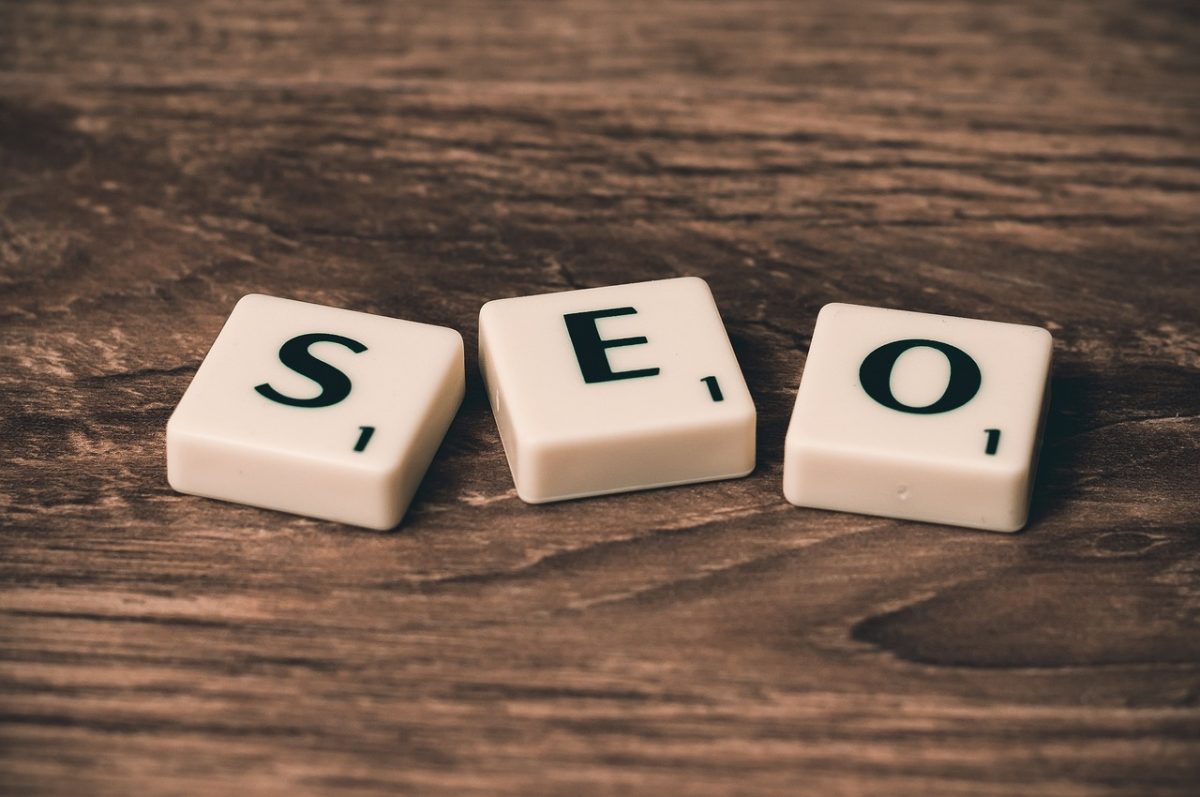The title tag and meta description are important elements of on-page optimization and play a crucial role in SEO. Here are the reasons why they are important:
- Search Engine Visibility: The title tag and meta description are displayed in search engine results pages (SERPs) as the clickable headline and description for a webpage. They provide the first impression of your page to search engine users. An optimized and compelling title tag and meta description can attract users’ attention and increase the likelihood of them clicking through to your website.
- Keyword Relevance: The title tag and meta description should contain relevant keywords related to the content of the webpage. Including relevant keywords helps search engines understand the topic and relevance of the page. When users search for specific keywords, search engines display pages with matching keywords in the title tag and meta description, increasing the chances of your page being displayed in search results.
- Click-Through Rate (CTR): A well-crafted and enticing title tag and meta description can significantly impact the click-through rate of your page. When users see a relevant and appealing title and description in the search results, they are more likely to click on your page compared to other search results. A higher CTR indicates to search engines that your page is relevant and valuable, potentially improving your organic rankings.
- User Experience: The title tag and meta description provide users with a preview of what they can expect when they visit your webpage. Clear and concise titles and descriptions that accurately represent the content help users understand what they will find on the page. This improves user experience and reduces the likelihood of users bouncing back to search results, indicating to search engines that your page is relevant and valuable to users.
- Social Sharing and Branding: When your webpage is shared on social media platforms or other websites, the title tag and meta description are often used as the default headline and description for the shared link. Having a compelling and descriptive title and meta description can increase the likelihood of users clicking on the shared link and visiting your website. It also helps in establishing your brand and conveying your brand message effectively.
- SERP Differentiation: A well-optimized title tag and meta description can make your webpage stand out in the search results among competing pages. By crafting unique and attention-grabbing titles and descriptions, you can differentiate your page and attract users’ attention, increasing the likelihood of them choosing your page over others.
It’s important to note that search engines may sometimes modify or truncate title tags and meta descriptions based on various factors. Therefore, it’s crucial to keep them within the recommended character limits to ensure that the most important information is displayed properly.
Overall, optimizing your title tags and meta descriptions can improve your webpage’s visibility, click-through rate, and user experience, leading to increased organic traffic and better search engine rankings.




